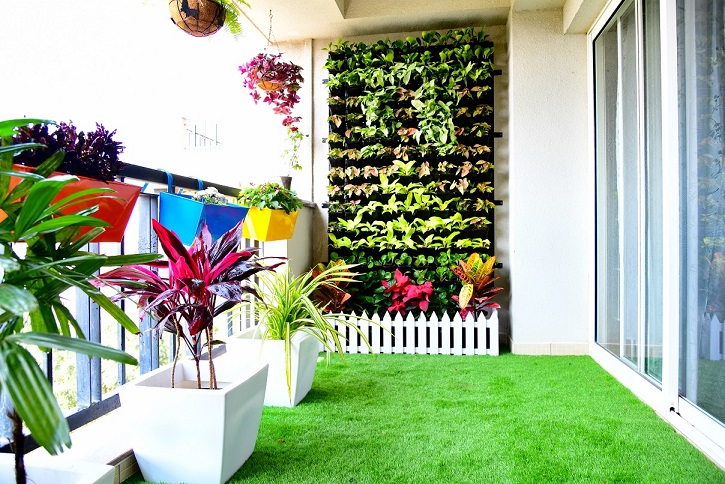A fundamental comprehension of soils permits the landscaper to work with normal cycles to upgrade plant root development and in general energy. Soil is an incredibly mind boggling, living biological system requiring an equilibrium of natural, inorganic, living and nonliving parts. Ongoing soil science research has exhibited that the most useful soils are stacked with an assortment of microbial life; gainful growths, microbes, yeasts and different microorganisms work to decay natural matter into humus. Humus straightforwardly impacts both the absorption of supplements and plant protection from sickness, bugs, dry spell and different anxieties. Actually, soil ought to be made out of 50 solids and 25 percent every one of fluid and air, with a natural matter substance of three to five percent. This side of Iowa, the ideal soil is only occasionally found in the local living space.

In numerous districts of the country, we are expected to change the soil to give the ideal development climate. The different fine-molecule moods and sediments of advantage significantly from the expansion of natural matter Basic moods high pH ought to likewise be altered with gypsum. The expansion of natural makes a difference to sandy and seriously soils are likewise useful, expanding water maintenance and giving fundamental supplements. Starting cost for natural matter and different changes pays for the proceeded with excellence and soundness of the planting new grass establishments ought to begin with fundamental dat trong cay soil contemplations; physical and substance soil examinations might be wanted. Peripheral soil conditions in existing yards can be improved with social projects intended for the particular site. Customary air circulation, vertical cutting, top dressing with fertilizer or rich soil, legitimate ripeness the executives and utilizations of foliar and soy are completely demonstrated strategies for reviving an unfortunate yard.
An appropriately adjusted soil will uphold profound, broad root foundations, permitting plants to acclimatize all suitable food and dampness. The outcome is a thick turf which opposes dry spell, weeds and infection. For fundamental actual soil investigation, utilize a soil test or enormous, solid blade to cut examples something like six inches down. Analyze for cover layer thickness, molecule size and appropriation, compaction and topsoil profundity. At least six crawls of appropriately adjusted soil are expected to grow a sound grass. A cover layer thicker than one-half inch will behave like a wipe to restrict the infiltration of water and supplements to the underground root growth.